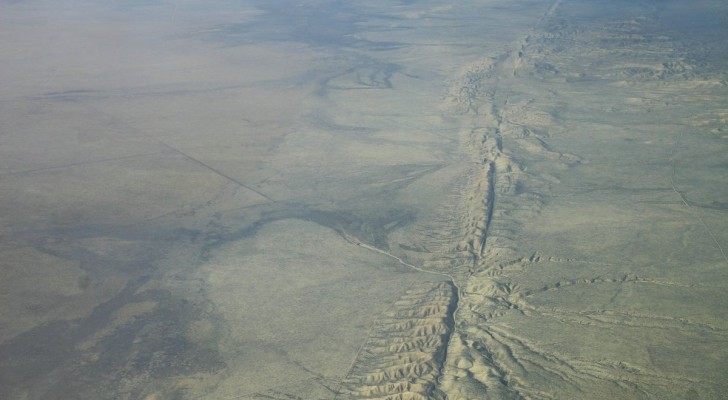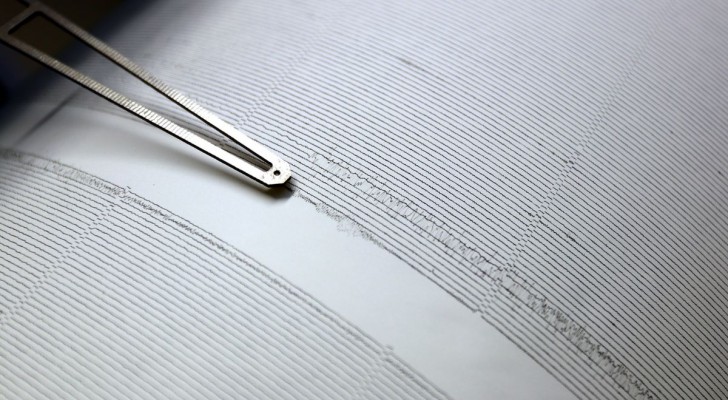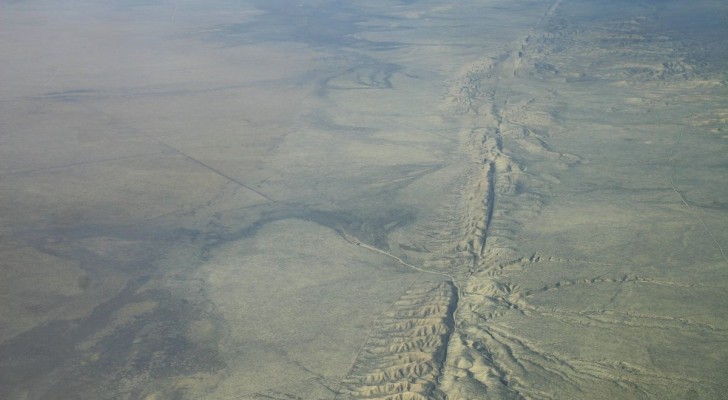

advertisement
After an earthquake, it is common to feel what are called “aftershocks.” These symptoms are usually of a smaller magnitude and last for a few days and then stop. But not always. In fact, in the 19th century, the United States experienced a series of extremely powerful earthquakes, which left a permanent mark on the region. According to recent research, aftershocks are still occurring more than 100 years later.
advertisement
Earthquakes or Aftershocks: Telluric Movements in the United States

Wikimedia Commons – GFDL version 1.2
Earthquakes are phenomena resulting from the movement of tectonic plates sliding past each other, releasing energy. They are often followed by aftershocks, or small phenomena that can be explained by the spread of pressure along the surrounding rock. It is less powerful than a major earthquake, but can still destroy infrastructure and impact daily life.
According to the study conducted by the University of Michigan and Wuhan University, the current seismic activity may not be completely new. In practical terms, it could be a series of aftershocks, especially if their epicenters are close to the earthquakes the researchers analyzed. The most recent are the Charleston earthquake in 1886, the Missouri and Kentucky earthquakes between 1811 and 1812, and the Quebec earthquake in 1663.
advertisement
Continuing seismic activity: Are the earthquakes of 1800 really still happening?

Petr Broz (Czech Academy of Sciences)/Wikimedia Commons – CC BY-SA 4.0 DEED
Of the earthquakes the researchers analyzed, only the one in Quebec confirmed seismic activity that has now ended. It is also the oldest earthquake in the group. As for others, the study published in JGR Solid Earth noted the following:
- 65% of the tremors that occurred in the New Madrid area between 1980 and 2016 were attributed to the 1811-1812 earthquakes;
- Seismic activity in South Carolina is significant and ongoing, and also consistent with aftershocks of the Charleston earthquake.
These results indicate that aftershocks could last for centuries. For this reason, it is necessary to learn how to distinguish between them in order to correctly assess the seismic risks in an area. To be truly useful in assessing the risks of future disasters, and preventing or preparing for them in a timely manner, more research will be needed.
The United States suffered a massive earthquake a thousand years ago

iQloft/Wikimedia Commons – GFDL version 1.2
But the scope of another study conducted by the University of Arizona is different, according to which the United States was hit a thousand years ago by an earthquake of catastrophic proportions. The team’s analyzes included ancient tree rings and also used carbon dating.
Then researchers reconstructed a horrific picture: seismic tremors, landslides, and even an anomalous wave that devastated the western United States shortly after the year 900. Until now, it is still unknown whether it was a single catastrophic earthquake, or a series of earthquakes. Research supports the possibility of a similar event occurring again, hopefully going back in time as far back as possible. And with aftershocks that do not last long.
advertisement


